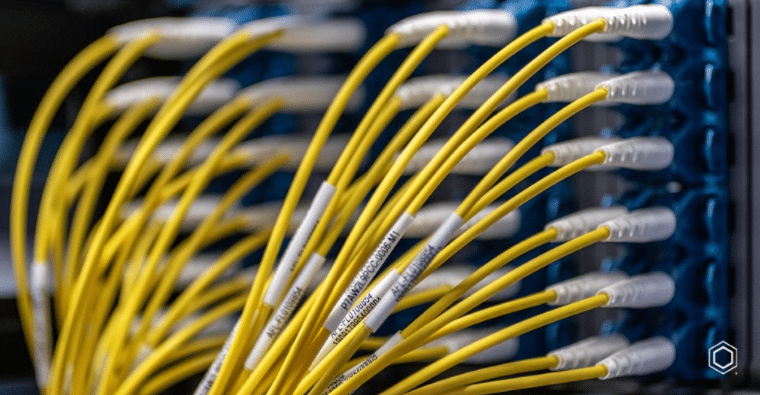In recent news, the James Webb Space Telescope has made headlines around the world for the clearest, most in-depth photos of space to date. Amongst many fascinating facts about the telescope and the photographs it has captured are the intricacies of the light that made these images possible.
Essentially, light makes everything possible to see. Light allows us to perceive all physical objects in their entirety from depth of shadows to a full visible color range. Perhaps the most interesting aspect of capturing images from space is how far that light must travel in order to reach a telescope or our eyes.
Light travels at a velocity of around 300 million meters per second. This means, for example, with the sun being 93 million miles (or 150 million kilometers) away from earth, that it takes sunlight about 8 minutes to reach us. This speed is due to the fact that most of the space between us and the sun is empty (a vacuum). To put this into perspective, if you had the power to move at the speed of light through space, you could circumnavigate the globe 7.5 times in just one second.
Capturing Deep Space
In the case of the James Webb Space telescope, the light that makes some of these stars and galaxies visible with such amazing clarity has traveled for an astonishing 13.1 billion years [1] It’s an almost mind-boggling concept to wrap your head around, particularly given that our universe is believed to be about 13.8 billion years old. The light from these images has traveled so far that these objects may not even exist anymore by the time we view them.
The Speed of Light in Fiber Optics
Outside of the incredible feats of space exploration, the speed of light plays into many aspects of our day-to-day life. In fiber optics, we harness the power of light to create, transmit, and interpret signals that facilitate the transference of data through glass strands slightly larger in diameter than a human hair. This process (in its admittedly simplified form) is how you or I can post or read an article on the internet or check our social media accounts for messages from our friends.
Light in optical fibers travels at closer to two thirds of the “speed of light” in a vacuum due to the fact that the light is travelling through glass and not through the emptiness of space. This would be the equivalent of circumnavigating the world 5 times per second in comparison to our earlier example of moving at the speed of light through empty space (at 7.5 times per second).
It’s startling the scale, both large and small, and the variety of ways that light can be harnessed and implemented. Human innovation is an amazing thing, given that only a hundred or so years ago, people were just beginning to conceptualize how light might one day be used for long distance communication.
[1] Note: US billion





